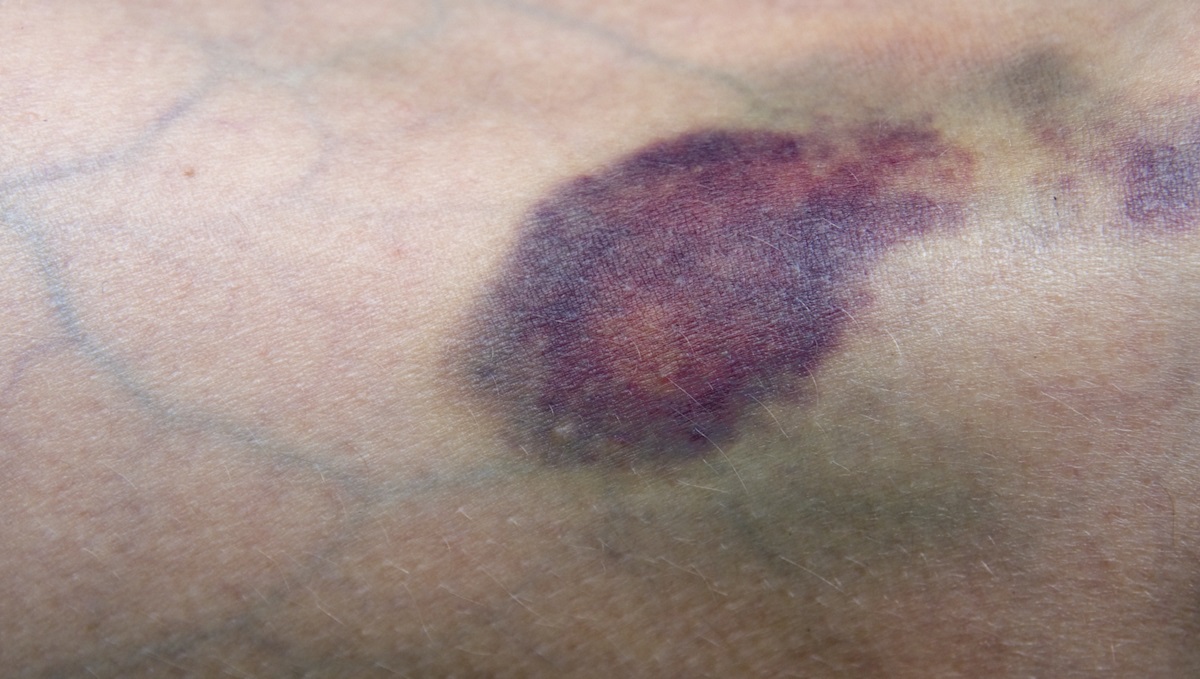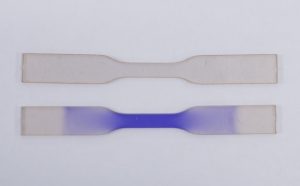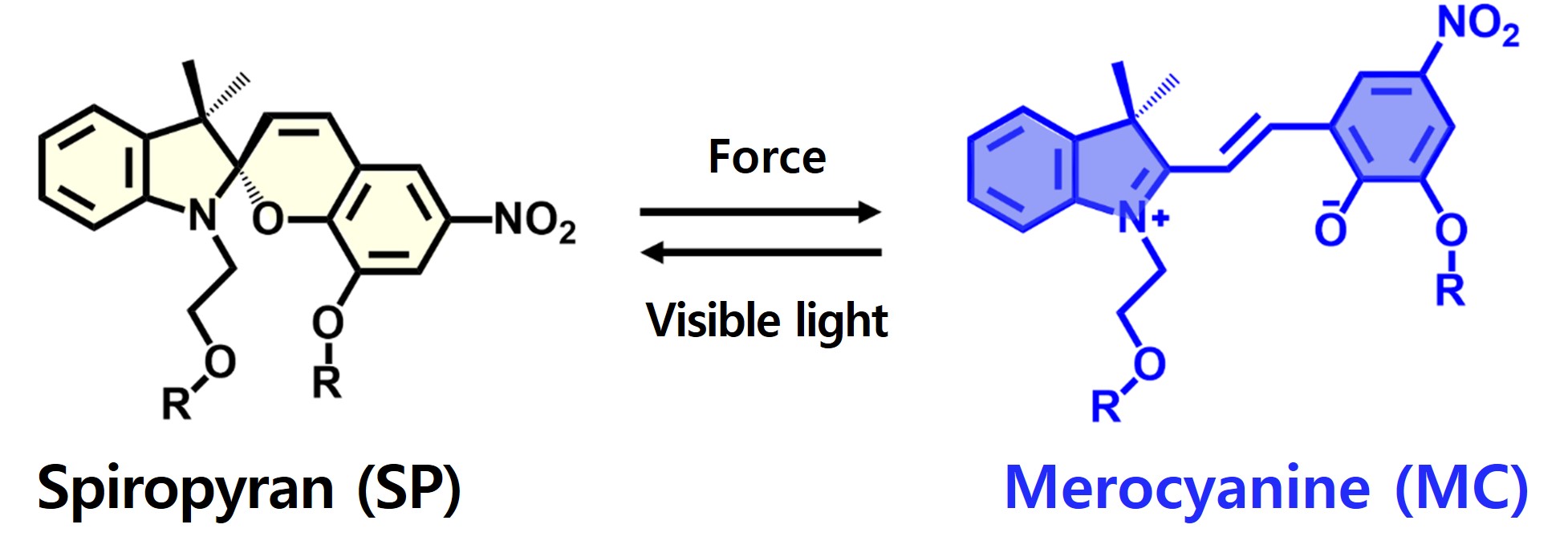Korean scientists continue the quest to make material that bruise possible.
This article is well suited to Year 8 and 9 Biology students learning about the body’s reaction and defence to outside environments and Year 10 Chemistry students who are learning about material properties and atomic structure.
Word Count: 383

Scientists are trying to develop things that bruise. The theory goes that if skin can tell us where it’s damaged by changing colour – indeed showing degrees of colour – it would be useful if objects could too.
There’s a practical side to the fancy. When an object suffers an impact that is expected to cause damage, it is necessary to examine every centimetre of its surface to understand the extent of the damage, which takes time and money. Think of cars and planes in particular.
And the idea isn’t fanciful. Researchers already are experimenting with spiropyran, a molecule that changes colour, due to a change in its chemical structure, when it is physically stimulated.
When spiropyran is injected into concrete or silicone, it changes colour in response to mechanical stimuli such as force or deformation. The problem is that, until now, the sensitivity of the composite material has been too low for real-life applications.

Now a team led by Jaewoo Kim from the Korea Institute of Science and Technology (KIST) says it has improved the mechano-sensitivity to the extent that it could be applicable to wearable sensors and artificial skin.
And it did it by coming at things in a different way. Previous studies, the researchers say, have been based around modifying the molecular structure of the spiropyran prior to synthesis according to the material with which it is going to be combined with.
Their approach, described in a paper in the journal Macromolecules, is to synthesise the composite material first, then add a solvent to improve the sensitivity through what they describe as a sort of ageing process.
The changes in colour and fluorescence of the composite material were observed, while controlling the absorption time with the solvent, and it was found that increasing the treatment time improved the sensitivity.
The spiropyran-polymer developed through this new process showed 850% improvement in sensitivity compared to the previously developed materials, irrespective of whether deformations were caused by tension, compression and bending.
The ageing process is possible, they say, because they are manipulating the final product, not each material separately. And it can be easily applied to various materials.
“Based on this, we plan to devote ourselves to a follow-up study in which we apply the technology to futuristic wearable sensors and artificial skin,” Kim says.

Years: 8, 9, 10
Login or Sign up for FREE to download a copy of the full teacher resource





